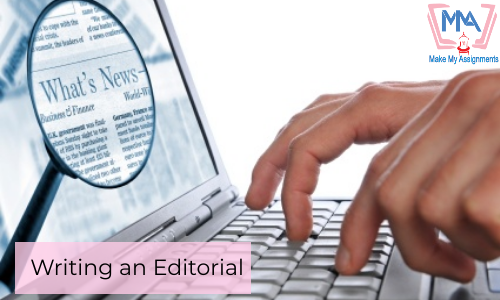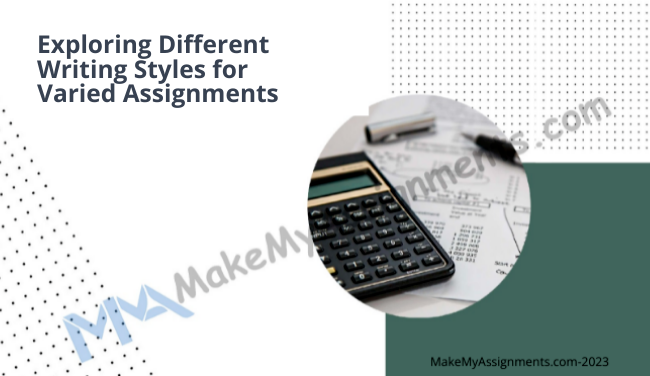
Writing an Editorial
Writers who need feedback to gain their moral support to boost confidence, require acknowledgement and validation on part of audience to know their potential to influence people and bring out a positive change. For this very reason, many writers focus on writing editorial essays or articles to deliver content among masses that can help them grab more credibility and impact towards their work.
While reading editorials, readers tend to give their utmost attention and time to contents of the article. This is because the editorial generally talks about the primary issues and concerns regarding the topics that are critical to society. And therefore present an insight to its impacts and suggest valuable remedies for it. While writing an editorial, the writers try to present his intellect opinion on various social issues and the problems faced by people because of it, further suggesting some valuable solutions for it as well. But this doesn’t mean that the writer is free to include his personal opinions and thoughts in the content.
Editorial writing is one such informative task that is presented in the form of a research paper, involving an in-depth study on the topic with a particular format and style for writing. Editorials are considered to be a great way of educating people regarding the issues pertaining in their society and making them aware of its consequences and solutions. Therefore, it takes years of experience and practice to learn the art of mastering editorials.
Let us now dive into the process of editorial writing that can help students compile one for their academics-
Write an impressive introduction
When you begin writing with your editorial piece, make sure that you provide a catchy hook statement in the first line to grab the readers’ attention. This can be done by writing some important piece of information or facts or by providing some relevant scientific facts. After this hook statement, begin with the introduction section of your writing, addressing the main issue of your topic. Try to provide some background details and context regarding the topic in this section.
Present your arguments
Once you’ve provided all the background details regarding your topic or issue, now is the time to present some additional information to create an effective impact and keep your audience engaged with the content. After the introduction, the next section talks about the main arguments regarding the issue and its similar context. Present them in a clear and concise manner, without sounding too manipulative in front of your audience. It is important that you maintain a neutral tone all throughout your content.
Provide validation and enough evidence
It is very important for the writer to help support their arguments with some valid evidence and proof to provide an authentic perspective towards their content. This is where the research aspect steps in. Extensive research is a very important part of learning and developing knowledge regarding the topic addressed. With the help of this research, the writer is able to collect enough information and facts for their arguments as proof, in order to ensure greater reliability and credibility for their content.
Present a fair counter-argument
For writing editorials, evidence and facts alone cannot create a great impact on your content. Rather, you must also provide some valid counter-arguments on your topic in order to maintain neutrality all throughout the editorial. This will help the audience understand the other side of the debate, and they’ll be able to picture the present scenario in a better way. Providing counter-arguments assert fairness of the article, so make sure that you include some in your content.
Offer effective solutions and remedies to the issue
Once the claims and arguments are made from both the sides of the debate, it is now time to help analyze the points made and present valid solutions for it. In this section, the writer must provide his opinions and thoughts regarding the issue to help the audience understand the topic better. The analysis for the same can be done by explaining the topic in a broader sense and offering effective insight into the actual implications of the issue.
Conclude the editorial
This is the final phase of your writing, where you provide the ending lines for your conclusion. It is time where you lead your editorial to an end. The conclusion of an editorial is as important as the introduction because it helps the writer create a last impression on the readers with their content. Therefore, it is important for the writers to address the primary concern and key arguments in the conclusion section again. You need to summarize the whole essay in this concluding section of your editorial with effective and precise points.
We hope that this blog was quite insightful in providing a thorough understanding regarding the process of editorial writing for students. Apart from this, if you ever need help regarding your college assignments or projects, feel free to contact our online academic writing services for professional help and guidance.



